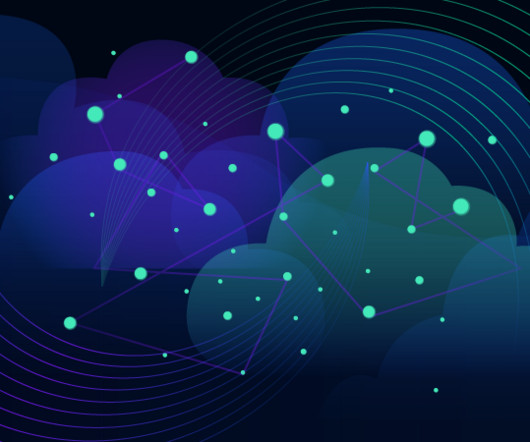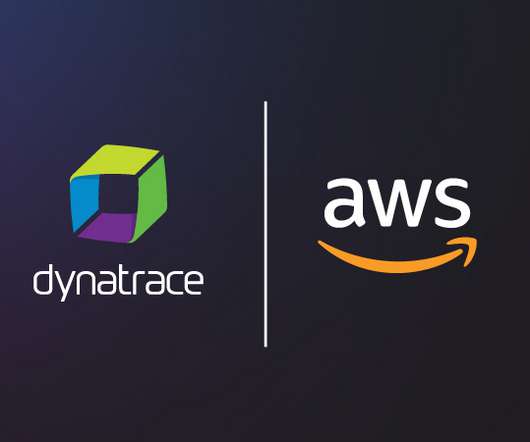Build and operate multicloud FaaS with enhanced, intelligent end-to-end observability
Dynatrace
APRIL 25, 2023
These functions are executed by a serverless platform or provider (such as AWS Lambda, Azure Functions or Google Cloud Functions) that manages the underlying infrastructure, scaling and billing. Observability is typically achieved by collecting three types of data from a system, metrics, logs and traces.














Let's personalize your content